Parade plate with Venus and Bacchus
Majolica, cm diam. 50
GM Monogrammed
The refined majolica plate, from the mid-nineteenth century, was produced in the Neapolitan manufacture Mollica. Giovanni Mollica, the founder, after a period of activity at the Real Fabbrica Ferdinandea, inaugurated the furnaces of the factory "Ceramiche Mollica" in 1842: at the Neapolitan manufacture were also operating the sons of Giovanni, Ciro, Alessandro and Achille, They quickly led the family business to success. Already in the 1860s, "Ceramiche mollica" was one of the most famous Neapolitan manufactures in the entire Peninsula.
When we talk about majolica, we refer to a ceramic production with matt metallic coating (enamel) more often white, sometimes variously colored, which, in the artistic varieties, serves as a basis for the ornate painting. The technique of glazing, at the base of the realization of majolica, was born in North Africa between late antiquity and the early Middle Ages. Also in the Islamic Palermo, in the first half of the 10th century, were produced those that were the oldest majolica in Italy. In the thirteenth century, the production of a type of majolica, different from the Islamic and more similar to the modern earthenware, was intensified in Italy, now called archaic majolica, probably brought to the West from Alexandria of Egypt, through the Crusades and trade with the Islamic world. It was a variety of pottery covered by a simple white opaque paint with tin oxide, the so-called "engobbiatura" (at first only on some portions of the vase), on which a decorative design was scratched and some signs were drawn with the few colors available, mostly pale green, brown and yellow.The brilliant glass cover was obtained with a plumber paint. In the following centuries, with a culmination in the 15th century, Hispanic-Moorish production dominated throughout Europe. In the centres of Valencia, Granada, Barcelona and, to a lesser extent, in other localities of Andalusia and Castile, the technique of glazing with metallic reflections, imported from Damascus and Cairo, was developed, imitating copper pottery. Islamic pottery was widely spread in the upper social classes of Italy of the twelfth and thirteenth centuries, and one of the most active ports in this trade, that of Majorca, gave its name to these products. The high cost of these products stimulated the emergence of local productions which, inspired by oriental products, were essentially oriented towards two techniques: the one with paint and the other with enamel. The majolica flourished until the whole of the XVII century; in the following centuries it was surpassed by the porcelain, remaining a production of smaller amount, practiced for decorative purposes. In the nineteenth century, many shops in southern Italy are still dedicated to this technique, giving life to artistic objects of great level, such as the plate in question.
The decoration of the plate presents the couple composed by Bacchus and Ariadne in company with the goddess of love Venus and a satyr: this iconographic motif is relatively recurrent already from the seventeenth century, as shown by Giacinto Gimignani’s painting at the Ptuj Ormož Regional Museum (inv. G 52 s). The painted fascia of the brim, which is particularly delicate, is in neo-Renaissance style, with putti and grotesques. The mythological themes were particularly recurrent in the production of decorative objects of the Mollica manufacture and other Italian factories of the second nineteenth century, with particular reference to the famous Tuscan manufacture Cantagalli.
The object is in good condition


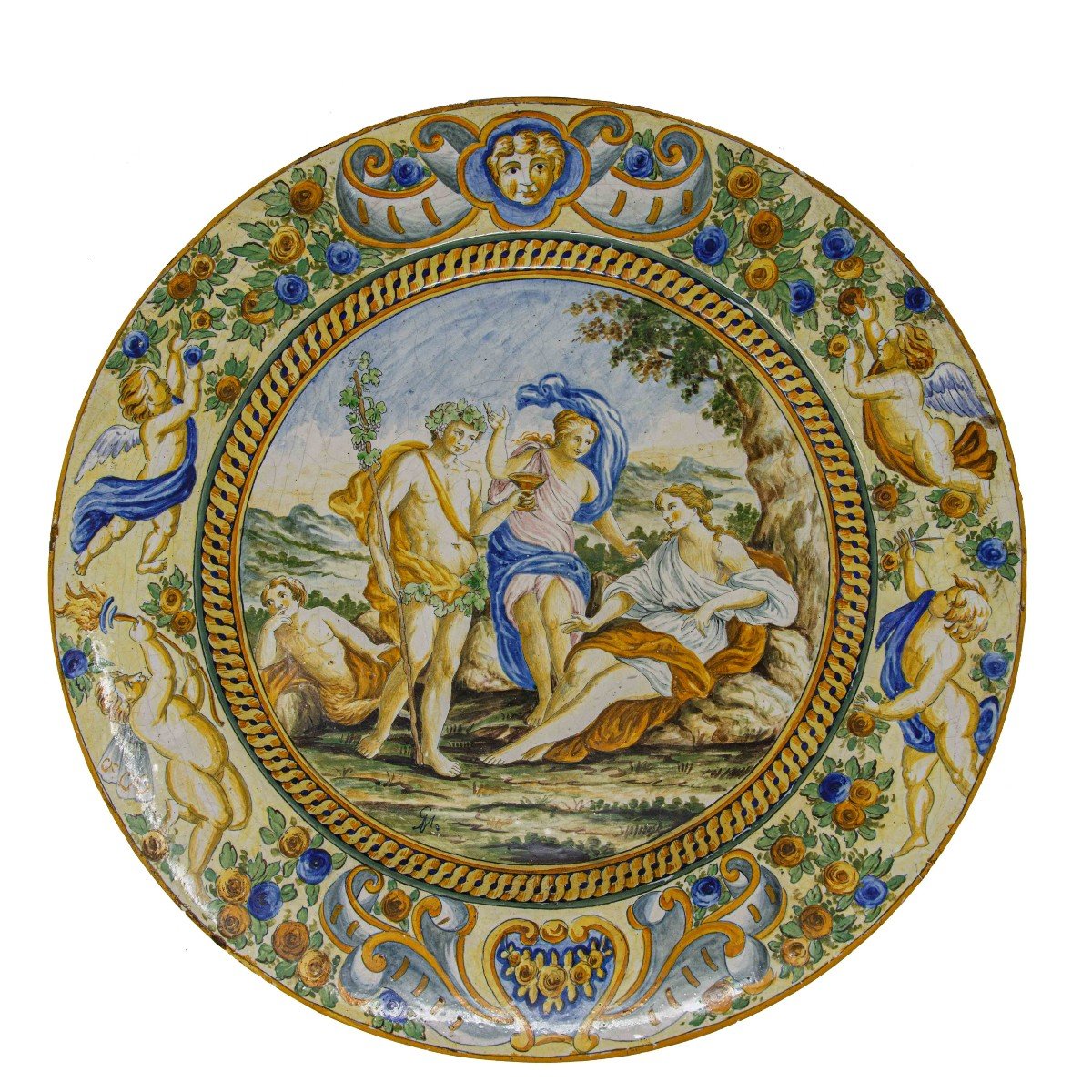

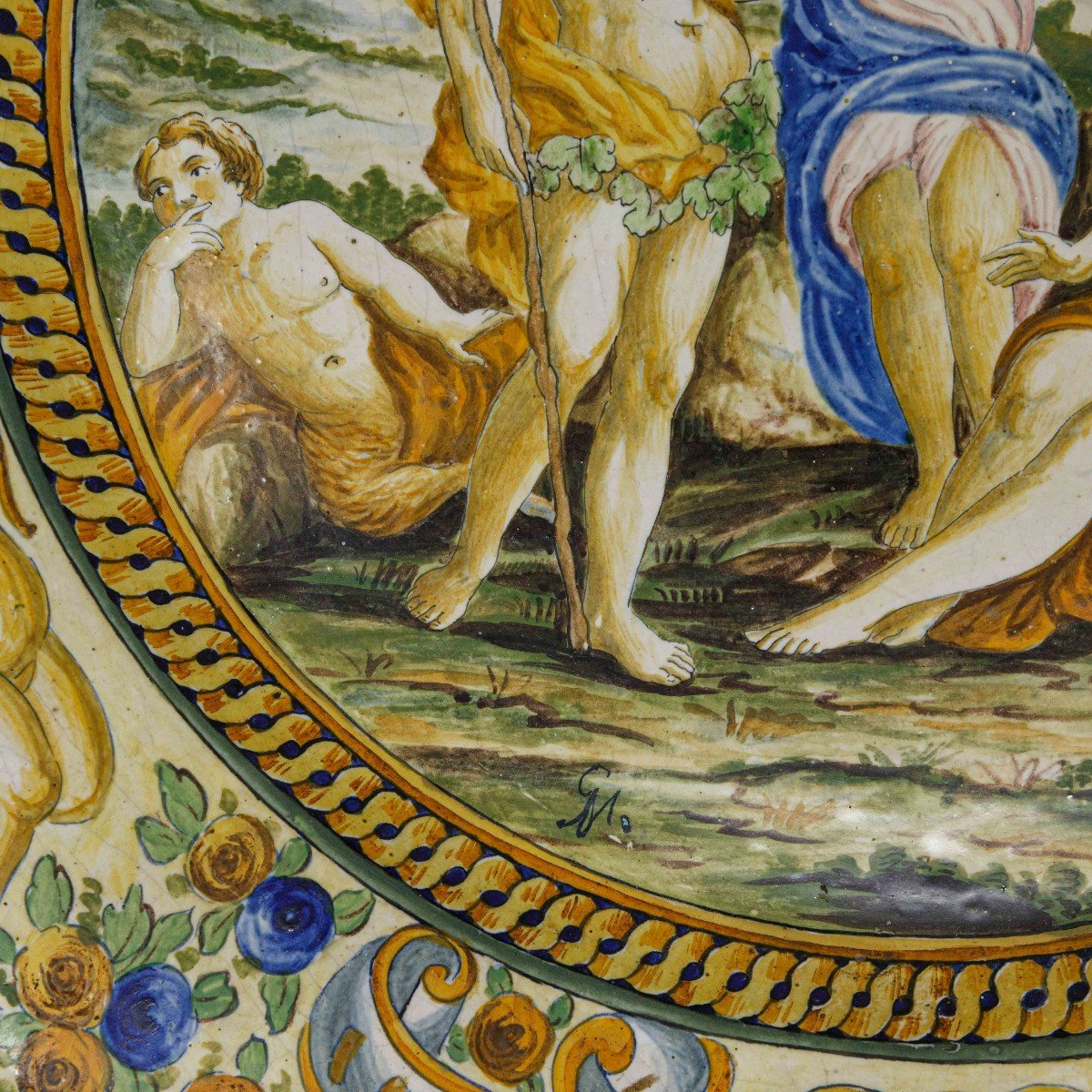

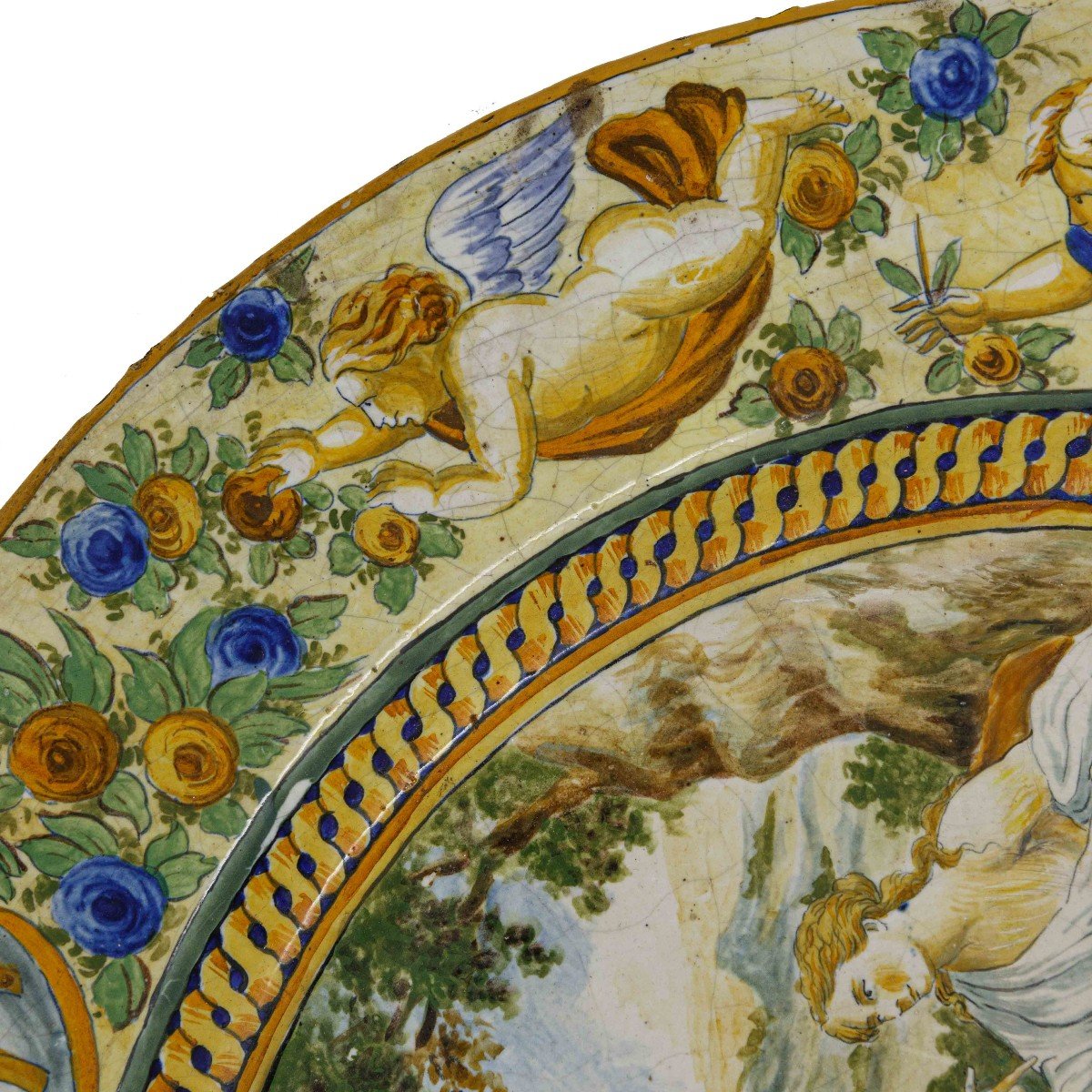

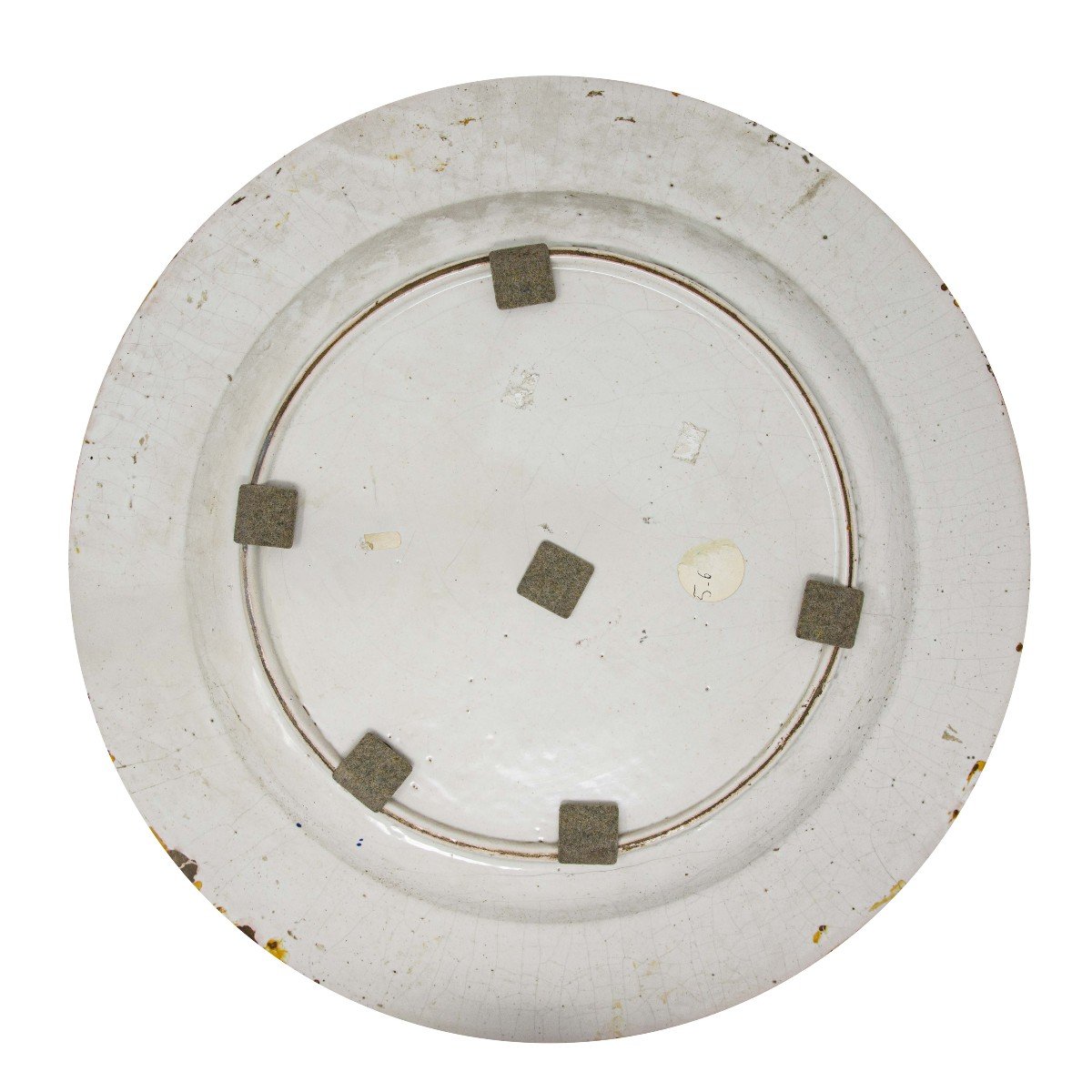






















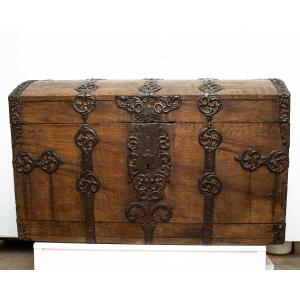



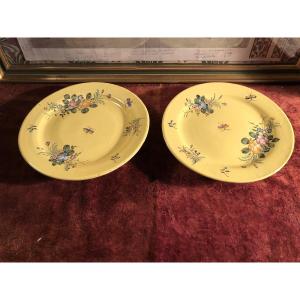



 Le Magazine de PROANTIC
Le Magazine de PROANTIC TRÉSORS Magazine
TRÉSORS Magazine Rivista Artiquariato
Rivista Artiquariato